Death Stranding Review – Strand and Deliver
/Death Stranding is creative director Hideo Kojima’s flawed but fascinating subversion of big budget expectations. It represents not simply an escape from the increasingly suffocating influence of his former masters at Konami, but an escape from the cardboard box of Metal Gear’s narrative and gameplay conventions.
And while much of Metal Gear was a box of his own design, Kojima finally gives himself license to not just surprise and shock us, but experiment. Few other designers dare to do so, despite receiving the label of auteur and the privilege that comes with it. For better or worse, Death Stranding is Kojima at his most self-indulgent.
Strands Across America
Death Stranding takes place in an alternate near future version of America, not unlike the Metal Gear games. But instead of a geopolitical landscape disrupted by the existence of walking tanks with nuclear weapons, Death Stranding is set in a disconnected version of the once mighty nation. As in Metal Gear, Stranding is preoccupied with notions of unity, nationalism and connection.
Kojima renders these themes explicitly, with all the subtlety of a blunt force weapon, while relying on a salad of proper nouns, a complex web of symbols, and ambiguity to conceal deeper truths. Don’t be intimidated, though – despite apparent narrative complexity, Death Stranding’s story is more straightforward than you’d expect from the man who wrote Metal Gear Solid 4: Guns of the Patriots.
As Sam (Norman Reedus of AMC’s The Walking Dead) you’ve been tasked by the company known as Bridges to “make America whole again.” As one of many porters, he sets out across the vast post-apocalyptic expanse of the not so United Cities of America to help people, bring them together, and build connections between them. Sam is pessimistic, but the people of Bridges have unyielding faith in porters like him.
Kojima has an earnest desire to juxtapose bleak situations with an unshakeable belief in the human spirit. Death Stranding is no different, for while not lacking in its critiques of America, it remains inherently hopeful. Just as in Metal Gear, Kojima truly has faith that no amount of alienation and disconnection is insurmountable, and all that’s needed is for people to come together.
Even A Dog A Can Shake Strands
In the world of Death Stranding, people remain shut in. Mysterious monsters known as BTs haunt the landscape of America. There’s also Timefall, a kind of rain that accelerates the deterioration and aging of everything it falls on. As Sam, you’re one of the rare individuals who can make deliveries in these conditions. Death Stranding is an extended orienteering challenge that contends with treacherous terrain and hostile organisms.
The smallest rock can cause Sam to stumble, and carrying large amounts of cargo makes balancing your weight a challenge unto itself. You have to pay attention to where you’re stepping, take cover from showers of Timefall, and sneak around enemies. The sound of cargo scattering when you drop calamitously from a hill or stumble over uneven terrain can get to be quite triggering.
There’s a seemingly unlimited number of delivery quests to handle in the world of Death Stranding, but the actual number you need to advance the story is comparatively small. It’s a good thing the game rewards you with a lot of positive reinforcement and experience points to encourage you to take on more. Death Stranding gets you addicted to the gratitude that greets you at the end of every delivery to soothe the pain of each trek.
None Strand Alone
One of the most interesting features of Death Stranding is its online component, which was essential to my progress in the game. Death Stranding isn’t ‘hard’ per se, moreso if you play on the game’s “very easy” difficulty mode, but between the menu-dense UI, small typeface, and challenging journeys, it pushes back at you and challenges you. But when you’re connected during play, you gain assistance from unseen players.
The game premises the existence of a souped-up Internet called the chiral network that you mostly use to 3D-print objects like ladders, rope, boots, and repair spray and other objects you need to safely deliver your packages. If you’ve got a blueprint for it, you can make it. There's even a portable printer that produces advanced structures like bridges, watchtowers, and even generators that will charge up vehicles and exoskeletal frames.
Your work to expand the chiral network and add regions to the grid will let you also see structures and objects left behind by other players in the course of their own journeys, as well as signs they’ve laid down for others. Infrequently, some of these ladders go nowhere, and signs are just cryptic nonsense, but most of my experience with the traces others have left behind has been positive. You can even deliver others’ cargo as a kindness.
Some of Death Stranding’s best moments of emergent experience occur when you find exactly what you need at a critical time and place. You might fall into a ditch to discover a neatly placed ladder that someone else left behind, or a generator exactly when your bike runs out of battery. Sure, those players may have laid down these objects for themselves, but the feeling that evidence of another’s passing can become your lifeline is incomparable.
At first, it was weird using other people’s stuff, like I was somehow cheating my way through the assistance of others. I was a little unsure about how much positive reinforcement could be had from the game’s likes system and whether it was celebrating or satirizing social media validation. But eventually I started going out of my way to place structures not for myself but for others. Truly, hearts are being connected.
Footprints In The Strands
Much has been made of the technical journey that Kojima Productions embarked upon to create Death Stranding. While part of that narrative has been one about technological decadence in service of great artistic ambition, a smaller part of it is about Sony’s desire to bring its development partners together, stepping in to fulfill the patron role that Konami once did.
In effect, Death Stranding secured its tech foundation from Guerilla Games via an arrangement to license the engine that powered 2017’s Horizon: Zero Dawn. The tech didn’t have a name until Guerrilla boss Hermen Hulst and Kojima settled on ‘Decima’ after an artificial island in Nagasaki Bay. The final result has been a game that is even more visually remarkable than I thought possible.
More and more games are beginning to demonstrate the limits of what’s possible with the standard PlayStation 4, but thankfully Death Stranding shows there’s still some life left. Loading times are reasonable and the game’s asset streaming means your journeys across America are as seamless as can be. The rendering highlights strong art direction from Kojima and Co.
Controlling Sam makes use of a full range of expressions from the Dual Shock 4 controller, allowing you to walk, climb, scramble, plant devices, collect cargo, rock your baby, urinate and more. The experience is organic and way more intuitive than the hot mess of inputs in last year’s Red Dead Redemption 2.
My only real contention was the game’s typeface, which makes many UI elements unreadable or indecipherable unless I position myself extremely close to the screen. I have pretty good 20/20 vision so maybe it’s just age more than anything, but I can’t believe developers insist on using tiny fonts. Either they believe we sit three feet from our screens or all own 60 inch screens.
Strand Awhile And Listen
While trailers have garnered Internet infamy for their cryptic imagery and sense of portent, the actual story of Death Stranding is a lot simpler but also a lot deeper than we’re led to believe. On social media, Kojima may wear his influences on his sleeve, but the creative choices he and his collaborators make have always been peculiar and surprising. Bizarre product placement, dorky character names and metaphorical repetition are just a few.
The game can feel a bit goofy – a guy named Diehardman wears a skull-shaped faceplate and keeps calling you to hammer home the importance of coming together and every city is called a “knot” on the strands you are connecting. After Edge Knot City and Lake Knot City, I was holding out hope for Slip Knot City and an appearance from the Iowa-based metal band. Wisecracks aside, Death Stranding’s story is emotional though difficult to connect with.
I think one’s mileage may vary as to how much of Death Stranding’s story and storytelling will resonate. I’ll be honest and say part of me wanted to be a little uncharitable – a contrarian response born out of a distaste for the hype that has followed Kojima these past few years – but the truth is more games should aspire to be like Death Stranding. Not in terms of uncritical hype and unironic celebration from the press, but in terms of sheer audacity and weirdness.
More games should aspire to play contemplative electronic folk tracks while traversing down a rocky slope or ask players to suffer the journey for smaller but more meaningful rewards. More games should task you with soothing your bottled baby and handling your packages with care instead of insisting you charge head first into the murk of evil.
It’s unlikely I’ll ever count Death Stranding as my favorite game of all time, but no game is like it. As far as over budgeted, creatively indulgent works go, more games like it should exist.
7 / 10
Highlights
+ Story and setting are compelling, as are the characters, even when the writing is goofily earnest.
+ Journeys of loneliness and suffering can be surprisingly transcendent
+/- Incomparable gameplay that rewards positive impact, acts of kindness and discourages violent confrontation
- Bizarre creative choices like product placement and potty humor can be immersion breaking
- Occasionally feels like tedious busywork and frustration and the story takes awhile to get going
What I’ve Played
Played on: standard PS4
42 hours of the main game, including primary story path and some optional deliveries and other tasks.
[This review is based on a PS4 review code provided by Sony.]


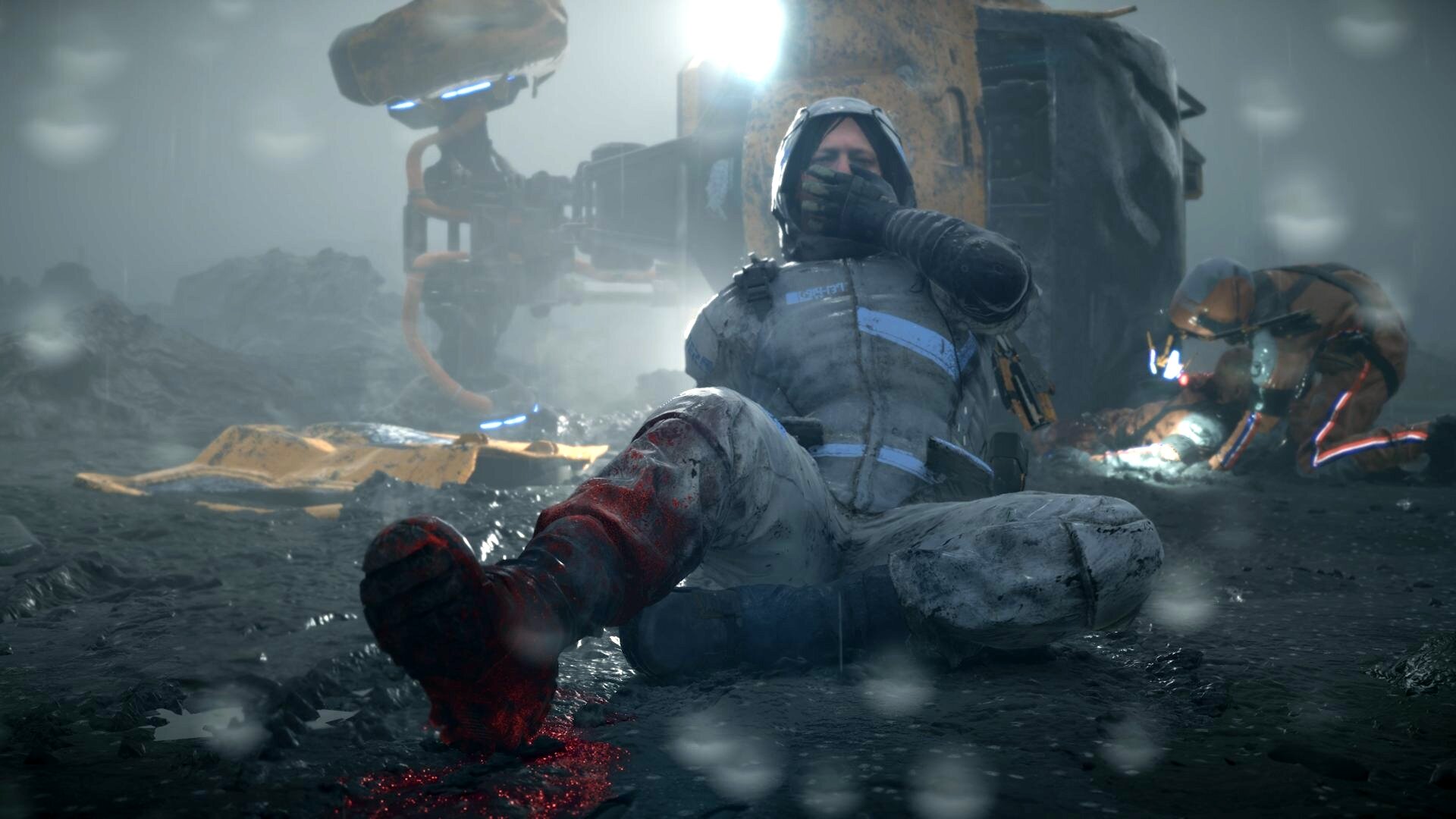
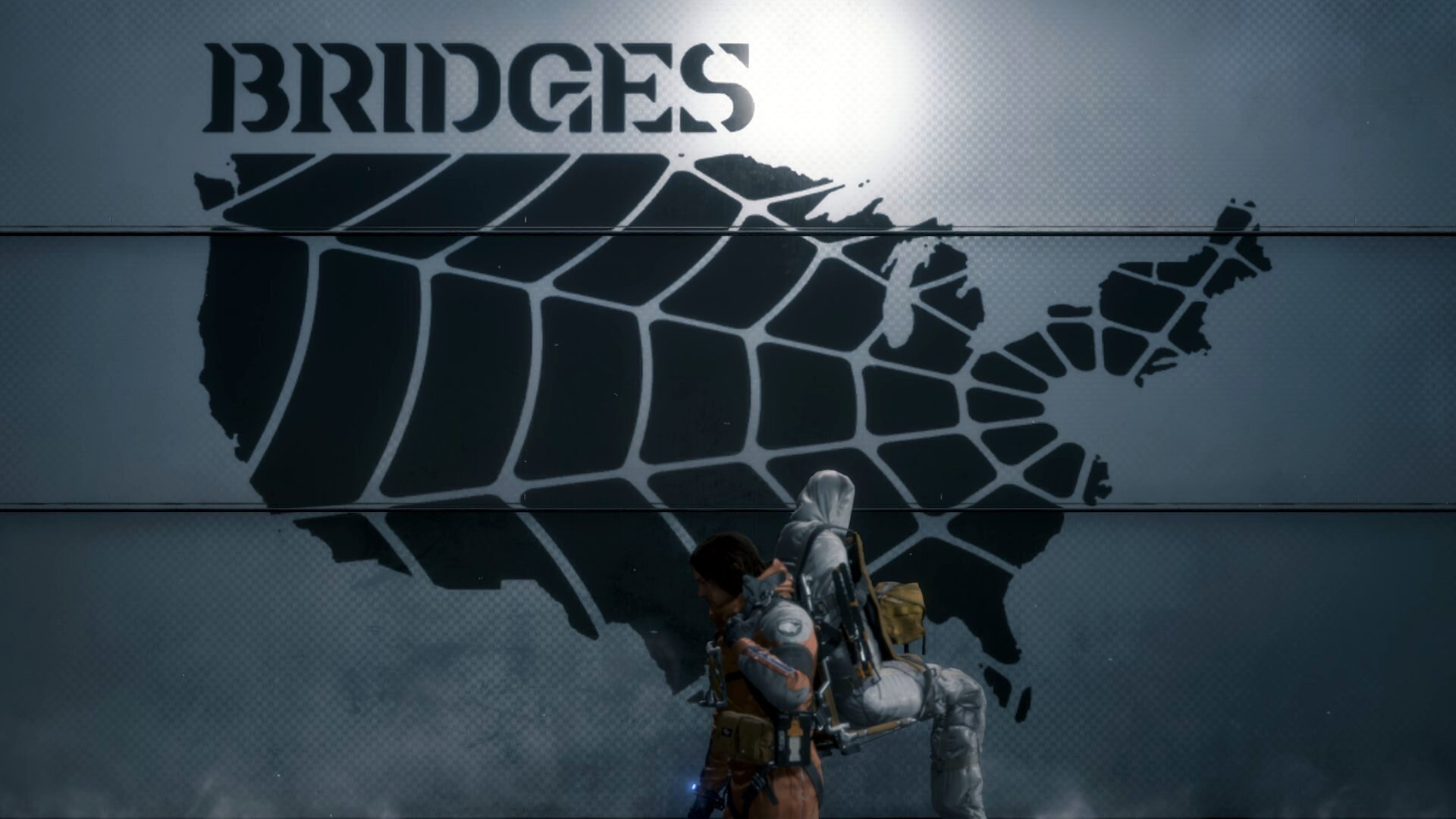
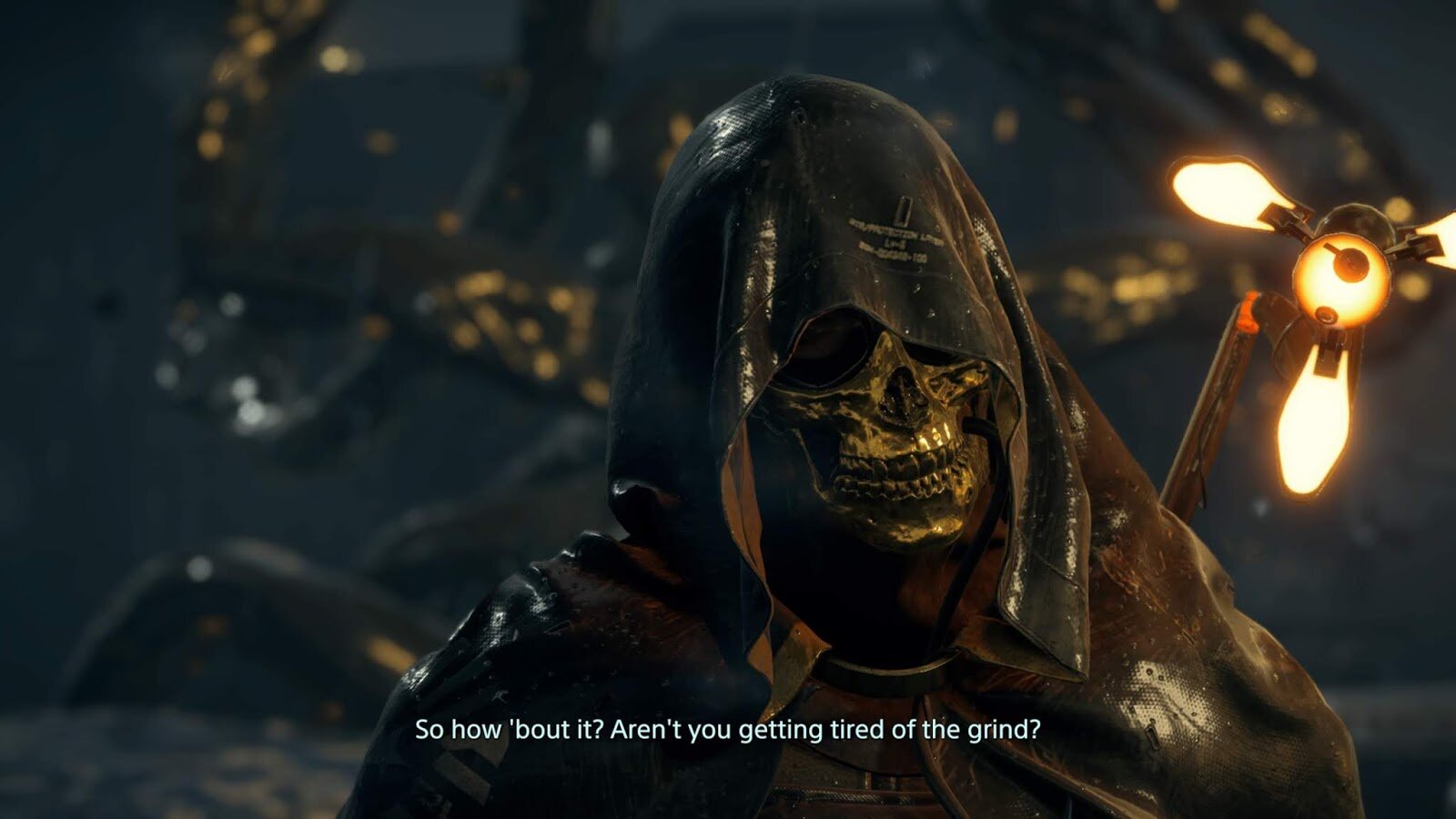
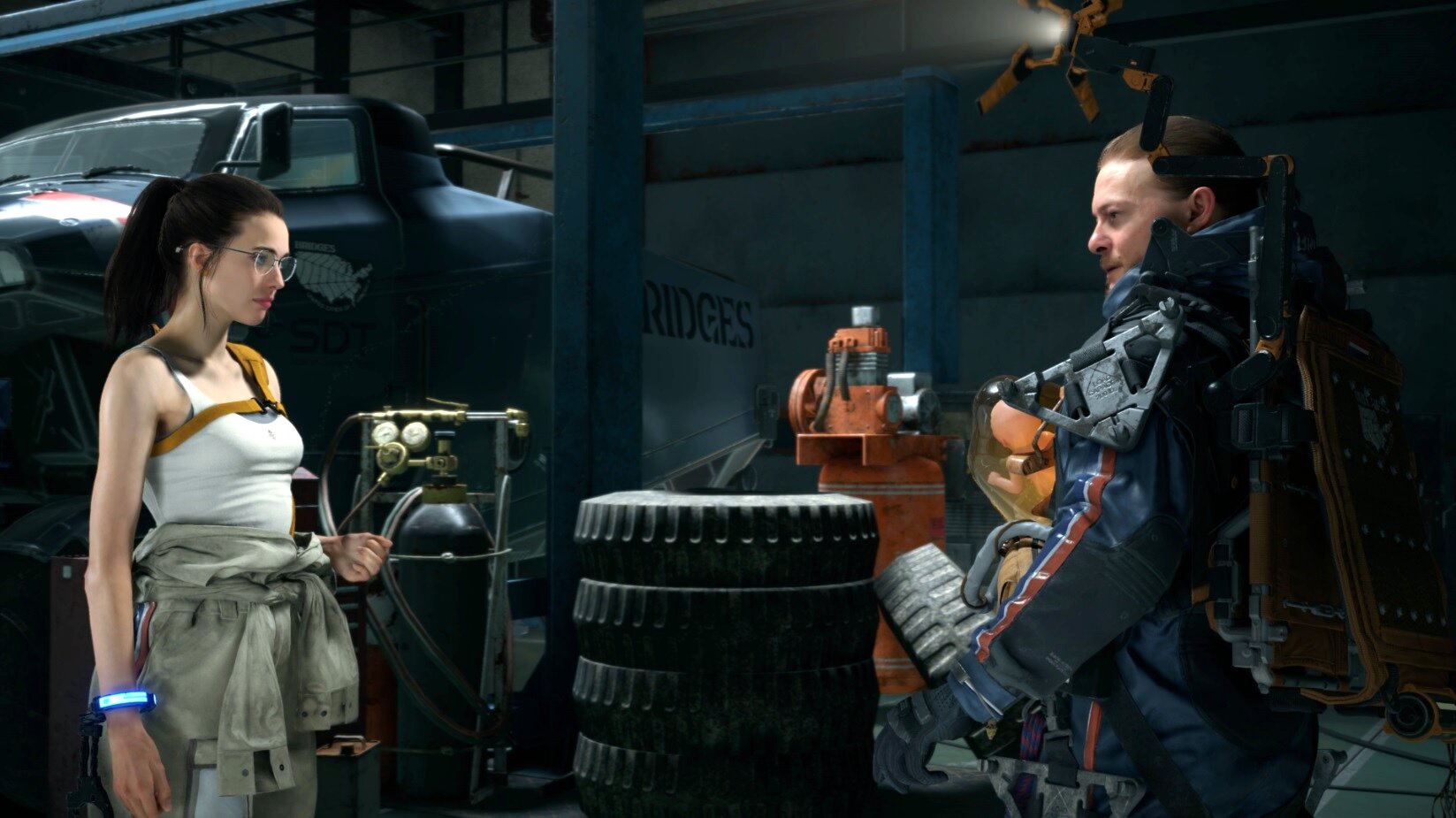
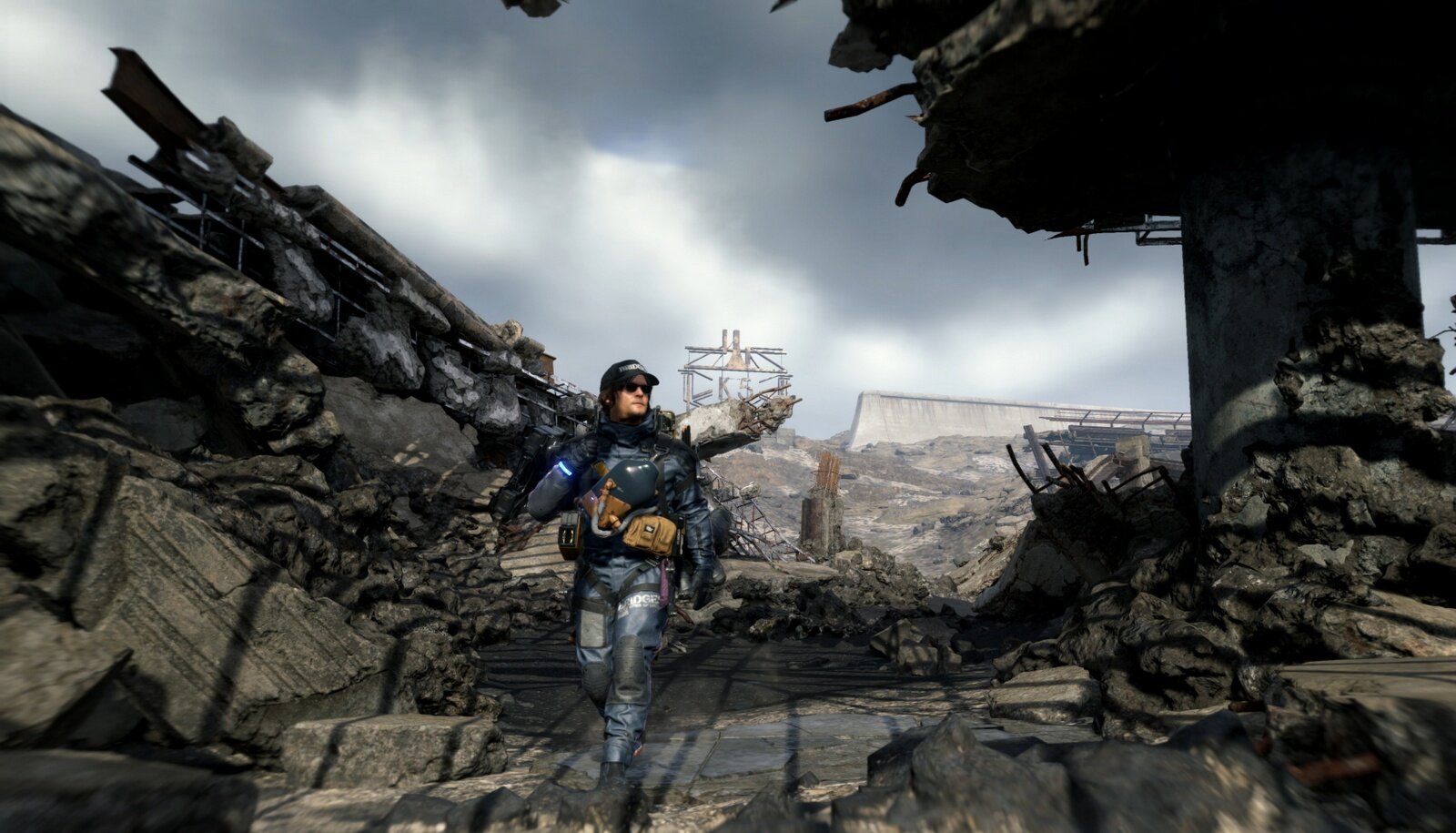














Assassin’s Creed Shadows greatly blends the classic Assassin’s Creed stealth with the RPG elements of recent entries. Its dynamic world, seasonal changes, and improved stealth mechanics make exploration a joy, but Yasuke’s restrictive gameplay, overall story, and a half-baked notoriety system hold it back.